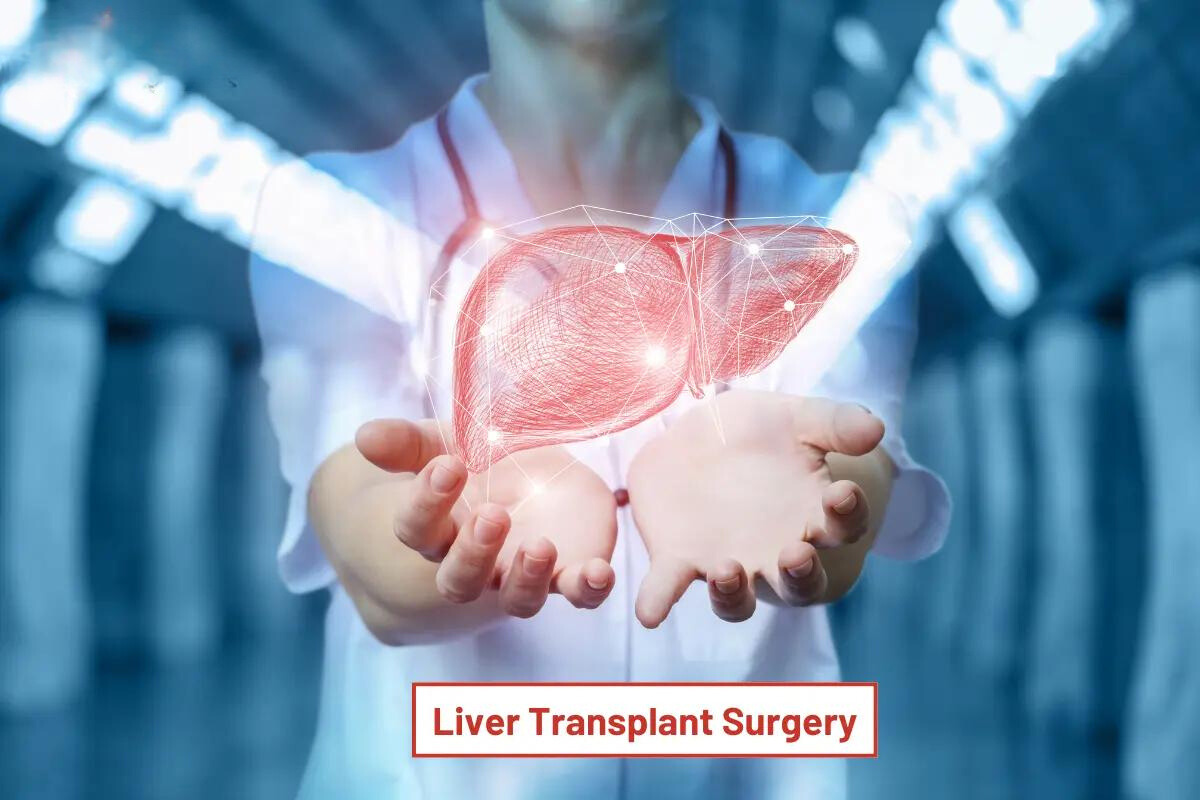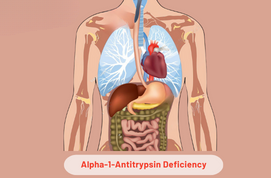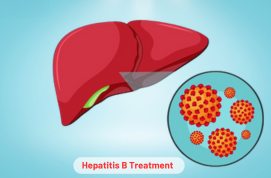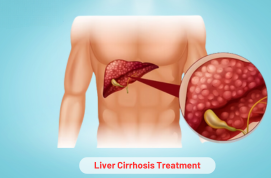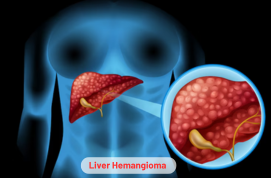Liver transplantation is a surgical procedure that involves the replacement of a damaged liver with a healthy one. A doctor performs this surgery through making large incision at the upper right side of the abdominal cavity. The surgery is considered a life-saving treatment for both men and women. It can be performed by the hepatologists and transplant surgeons in the healthcare department. Its other name is hepatic transplantation or orthotopic liver transplant surgery.
When the liver gets damaged due to excessive amounts of alcohol and medication. This problem can cause severe liver failure and creates trouble in digesting food and water in the stomach. It becomes harmful and may lead to death in male and female patients.
Types of Liver Transplantation
This surgery is of two kinds: Deceased Donor and Living Donor
- Living Donor Transplantation: In this surgery, the liver of a living person is donated to a patient who suffers from liver cancer.
- Deceased Donor Transplantation: This surgery involves the donation of a liver from a dead person.
Benefits of Liver Transplantation
The advantages of this surgery are as follows:
- It provides more energy in patients, which helps them to work, travel, and participate in certain activities.
- This method is safe and effective, which minimizes the chances of death from liver disease.
- It improves fertility in pregnant women.
Risks and Complications of this Surgery
This surgery leads to several complications. These are as follows:
- Leakage or shrinking in bile duct
- Bleeding and Infection
- Failure or rejection of a donated liver
- Mental confusion or seizures
- Hypertension or high blood pressure
- Blockage or narrowing in blood vessels
- Kidney disease or failure
- High cholesterol level
- Skin cancer
- Lymphoma
Procedure of Liver Transplant Surgery
Before Procedure
The things that can happen before the surgery are as follows:
- A patient is suggested to sign a consent form in the healthcare department. It is essential before the surgical procedure.
- A healthcare professional reviews the patient’s medical history to identify his or her overall health. He or she will also perform a physical exam to check the signs and symptoms of liver cancer.
- The blood test will be conducted to identify the proper function of a liver. It is important to check whether a patient is suitable for the surgery or not.
- Some imaging tests like CT scan, MRI scan, and ultrasound are recommended to determine the shape, size, and location of a damaged or an infected liver.
- An echocardiogram or an electrocardiogram test is performed for the evaluation of heart health.
Some rules and regulations must be followed before the surgery. These include the following:
- Stop eating and drinking for a few hours.
- Avoid alcohol and quit smoking.
- Do not take blood-thinning medication drugs.
- Avoid bringing PAN cards and other personal items in the hospital.
During Procedure
The following steps can be performed for liver transplant surgery:
- A patient is suggested to remove the clothes and wear a hospital gown in the healthcare department.
- A healthcare provider may give a general anesthetic medicine through an intravenous injection. This helps a patient to feel comfortable during the treatment.
- The surgical instruments are inserted in different body areas to check the heart rate and blood pressure of a patient.
- A provider suggests a patient to lie down on the operating table.
- The hair might be shaved off at the surgical site.
- A surgeon uses a catheter device to remove urine from the bladder.
- An antiseptic solution may be used to clean the skin over the surgical site.
- A surgeon makes a large incision at the upper right side of the abdomen to view the damaged liver clearly.
- The damaged liver is carefully separated from the ligament, which is attached with an abdomen.
- A clamp device is attached with the bile ducts and blood vessels to stop the flow of blood into a diseased liver.
- The liver and gallbladder are removed from the abdomen.
- A new and healthy liver is inserted into the abdominal area and then attached with the blood vessels and bile ducts.
- A surgeon uses sutures or stitches to close the incision.
After Procedure
A patient is suggested to stay in the hospital for a few days. He or she will be taken into the intensive care unit for the identification of vital signs and some health complications.
After that, an individual is suggested to go home and follow some instructions. These include the following:
- Eat a well-balanced diet.
- Drink plenty of water or stay hydrated.
- Take medicine as prescribed by a healthcare provider.
- Wash your hands to protect yourself from infections.
What Conditions can be treated through Liver Transplant Surgery?
A healthcare professional recommends this surgical method for the management of different health issues. These are as follows:
- Viral hepatitis
- Nonalcoholic fatty liver disease
- Metabolic disorders
- Biliary atresia
- Acute hepatic necrosis
- Bile duct cancer
- Liver cancer
- Alcoholic hepatitis
- Swelling or inflammation in liver
- Primary biliary cholangitis
- Hemochromatosis
- Wilson’s disease
- Hepatoblastoma
- Hepatocellular carcinoma
People experiencing dementia, congestive heart failure, etc, are not suggested for this surgery. They must consult with a relevant doctor when they are suffering from these medical conditions.
Latest Health Tips
How to make the Liver Healthy | Best Practices
Best Juice for Fatty Liver Repair | Strengthen your Liver
Liver Transplant Cost Without Insurance
Cost of Liver Transplant in Tamil Nadu
The Best Countries for Liver Transplant Surgery: Where Should You Go?
Best Liver Transplant Hospital In Bangalore, India
Cost of Liver Transplant in Nigeria: Best Surgery For Liver Patients
Liver Transplant Cost in Apollo Hospital
Submit Your Enquiry
Testimonials








